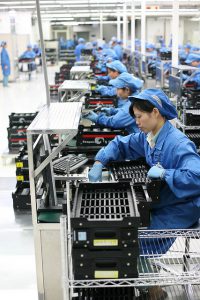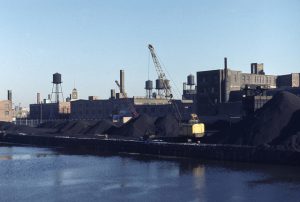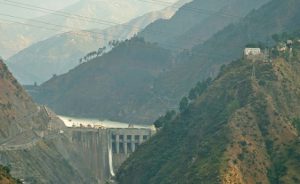China’s surging reliance on imported metal ores, industrial materials and fossil fuels threatens to undermine its economy, environment and lifestyles, a new report warns.
China’s use of materials far exceeds any other country in Asia, with per capita consumption rates more than 160% above the world average in 2008, according to the United Nations Environment Programme (UNEP) study.
The country’s domestic material consumption – the amount of materials consumed, plus imports, minus any exports of materials – increased by 25% per head between 2005 and 2008, says UNEP. Much of this consisted of construction minerals used to build roads and houses and manufacture concrete, reflecting the boom in infrastructure development in China during that period.
Although China is the world’s biggest exporter, it is also a net importer of materials and increasingly reliant on the outside world to satisfy its burgeoning appetite. Oil is perhaps the most striking example: imported petroleum contributed 49% of total supply in 2008, a dramatic change from 1992 when China was a net exporter of the fossil fuel.
The increasing dependence threatens to undermine the achievements made in recent decades in China, which may soon be "unable to sustain its economies and lifestyles", say the report’s authors.
While China has improved its resource efficiency since the 1980s, this trend has slowed in recent years and the country has repeatedly shown itself to be less resource efficient than much of the rest of the Asia Pacific region and global averages, says UNEP. Moreover, China’s rate of improvement of its material efficiency has “not even come close to offsetting the effect of growing GDP on resource demands”, the report states.
A failure to keep up the rate of improvement will place further pressures on China’s fragile environment as the country continues its industrial boom, say the authors, arguing that the Chinese resource efficiency rate must sharply increase to offset the escalation in domestic material consumption and alleviate these stresses. That requires “systems innovations in urban areas, transportation modes, energy production and economic structure,” says Park Young-Woo, regional director of UNEP’s Asia Pacific office.
Rather than drivers such as population growth compounding extractive pressures on the environment, it is in fact changing lifestyles, growing affluence and poor material efficiency that are the dominant forces, says the report.
Tom Jamieson is an intern at chinadialogue




